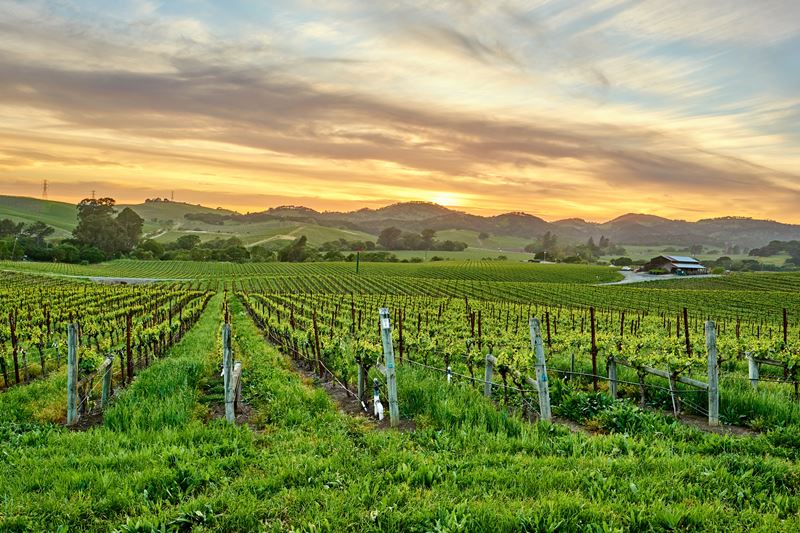The $100 Million Challenge
Climate change and fungal disease: a growing threat to New Zealand's wine industry
2024-02-27

In the picturesque regions of New Zealand, renowned for their world-class wines, a shadow looms over the lush vineyards that are the backbone of the country's wine industry. Climate change, a global challenge with local impacts, is exacerbating the threat of fungal diseases like botrytis and powdery mildew, potentially costing the Marlborough wine industry more than $100 million in a particularly bad year. This concerning prediction stems from a detailed study conducted by John Saunders, a modelling expert from Lincoln University, as part of the Our Land and Water National Science Challenge project.
Botrytis cinerea, often seen as a villain in the wine world, thrives in warm, wet conditions, turning ripe, juicy grapes into moldy disappointments. Conversely, powdery mildew relishes the warm, dry climates that are characteristic of some of New Zealand's most famed wine regions. These diseases not only threaten the quantity of the harvest but also the quality of wine, affecting its taste and, consequently, its market value.
Saunders' study, which was shared with farmers at a Food, Farming, and Freshwater Roadshow in Renwick, a key winegrowing town in Marlborough, casts a spotlight on the potential financial implications for the industry. Focusing on five regional varieties that represent over 67% of New Zealand's viticulture area, including Marlborough Sauvignon Blanc and Central Otago Pinot Noir, the research suggests that Central Otago might face the brunt of botrytis attacks, with Hawke's Bay also at significant risk in certain scenarios.
The figures are stark: with a potential loss of $1500 worth of fruit per hectare, the financial toll on growers could be substantial, especially in years when botrytis hits hard. Although the average yearly cost of managing botrytis is estimated at about $4.6 million, a particularly devastating year could see costs balloon by an additional $100 million. For powdery mildew, growers are seemingly already facing the worst-case scenario, with the climate of prime grape-growing areas providing a perfect breeding ground for the fungus.
The implications of Saunders' study extend beyond the immediate financial costs. Climate change is expected to make northern New Zealand unsuitable for wine grape cultivation by the end of the century, while regions like North Canterbury, Christchurch, and parts of Otago may become more hospitable to viticulture. This shift could redefine the map of New Zealand wine production over the coming decades.
However, the study isn't just a harbinger of doom; it also offers a glimpse into potential solutions and adaptive strategies for the wine industry. The development of an online tool, for instance, allows growers to assess the risk of fungal diseases specific to their vineyards, aiding in proactive management and mitigation strategies.
Saunders' research underscores a critical message: the costs of climate change and its impact on diseases like botrytis and powdery mildew are more than the wine industry can bear alone. It's a call to action for regional councils, the government, and the global community to invest in research, innovation, and sustainable practices that can safeguard the future of wine production, not just in New Zealand but worldwide.
As the wine industry faces these unprecedented challenges, the resilience and adaptability of growers, along with support from science and policy, will be key to preserving the legacy and quality of New Zealand's wines. The fight against fungal diseases in the age of climate change is not just about saving grapes; it's about protecting a cherished industry, sustaining rural communities, and preserving a part of New Zealand's cultural heritage for future generations to enjoy.
Founded in 2007, Vinetur® is a registered trademark of VGSC S.L. with a long history in the wine industry.
VGSC, S.L. with VAT number B70255591 is a spanish company legally registered in the Commercial Register of the city of Santiago de Compostela, with registration number: Bulletin 181, Reference 356049 in Volume 13, Page 107, Section 6, Sheet 45028, Entry 2.
Email: [email protected]
Headquarters and offices located in Vilagarcia de Arousa, Spain.